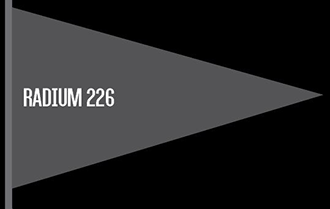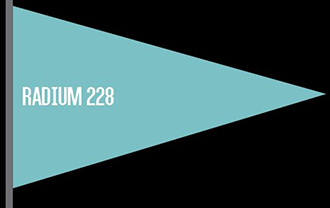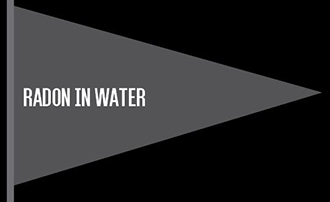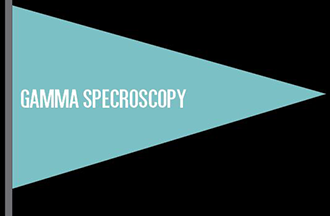


Top Tests
Methods that were developed and validated at the Hygienic Laboratory to measure the radioactivity in hydraulic fracking flowback wastewater were approved and published by the Environmental Protection Agency.
Radionuclides can be harmful to human health if inhaled or ingested. They are commonly present at low concentrations in geological formations, produced at low levels through interactions between the atmosphere and cosmic radiation, and are produced artificially through human activities, such as power generation, medical therapy and heavy industry. The Radiochemistry section primarily performs analyses of water and soil to determine radioactivity concentrations, but is also capable of analyzing air, food, milk, urine and foliage. The section is also prepared to handle radiation emergency response incidents by performing drills and maintaining the lab in a constant state of readiness.
- Methods that were developed and validated at the Hygienic Laboratory to measure the radioactivity in hydraulic fracking flowback wastewater were approved and published by the Environmental Protection Agency as "Development of Rapid Radiochemical Method for Gross Alpha and Gross Beta Activity Concentration in Flowback and Produced Waters from Hydraulic Fracturing Operations.” Office of Research and Development Washington DC. EPA/600/R-14/104, July 2014.
- Continued investigating other environmental matrices from hydraulic fracturing areas, such as water and sediment, for environmental contamination.
- Implemented several methods for alpha spectroscopy analysis.
- Mentored a high school student, Mallory Wills from Central Lee High School in Donnellson, Iowa, for a radon science project.

Published a paper from the previous year’s work on hydraulic fracturing fluid: Andrew W. Nelson, Eric S. Eitrheim, Andrew W. Knight, Dustin May, Marinea A. Mehrhoff, Robert Shannon, Robert Litman, William C. Burnett, Tori Z. Forbes, and Michael K. Schultz,“Understanding the Radioactive Ingrowth and Decay of Naturally Occurring Radioactive Materials in the Environment: An Analysis of Produced Fluids from the Marcellus Shale,” Environmental Health Perspectives, Vol. 123 No. 7 July2015. DOI:10.1289/ehp.1408855








